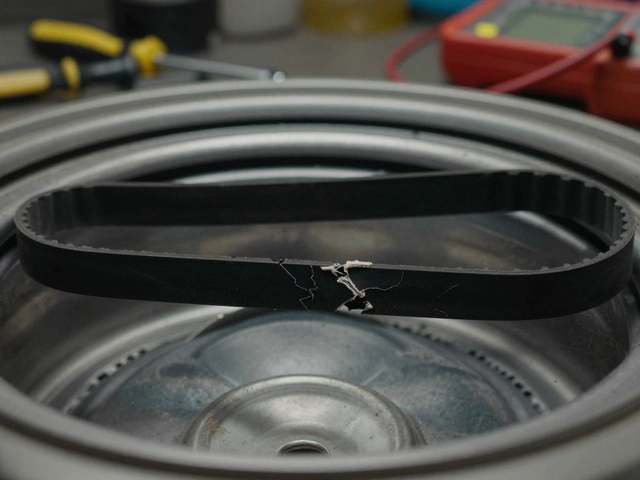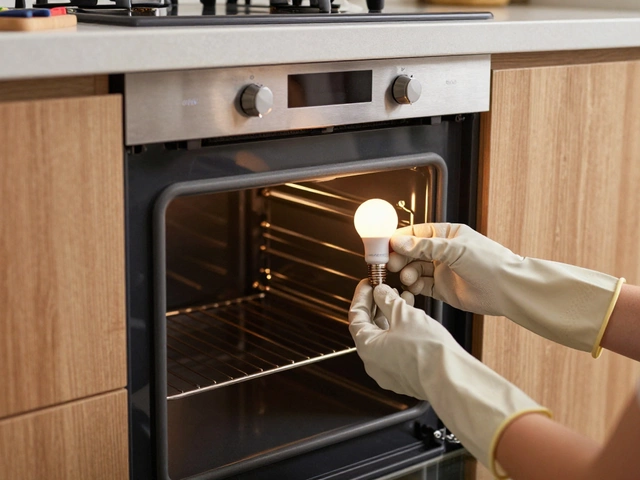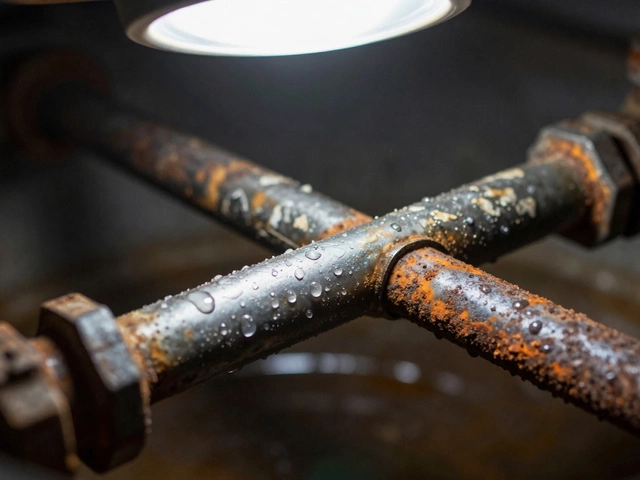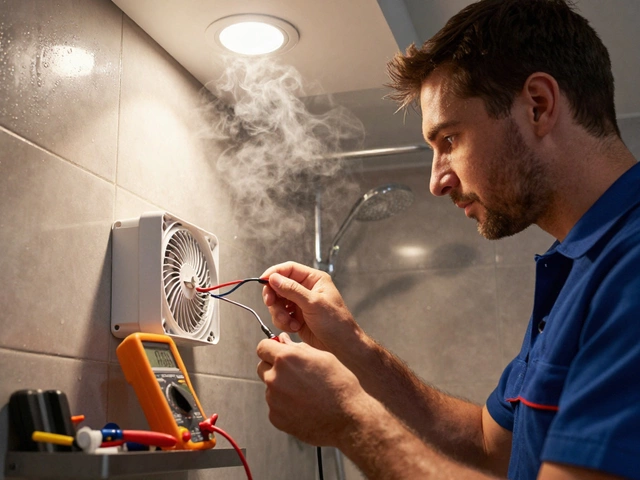Appliance Specifications – What Every Homeowner Should Know
When a fridge stops humming or an oven won’t heat, the first thing to check is the specs. Knowing the right numbers saves you time, money and endless guess‑work. Below you’ll find the core specifications for the appliances we fix most often in Hinckley. Use this guide as a quick reference before you call a technician.
Key Specs for Kitchen Appliances
Ovens and Stoves: Look at the heating element type (electric coil, ceramic, or induction), wattage, and size. A 240‑volt, 3000‑watt electric oven is standard for most UK homes. If your oven has a digital control board, note the model number – it tells you whether the board is replaceable or if the whole unit is obsolete.
Refrigerators and Freezers: The most important numbers are capacity (litres), energy rating (A++ to D), and compressor type (single vs. dual). A 300‑litre fridge with a sealed‑system compressor will last longer than a cheap unit with a simple thermoelectric system. Also, check the defrost method – automatic frost‑free models have more moving parts that can fail.
Specs for Laundry and Small Appliances
Washing Machines: Spin speed (rpm) and drum size (kg) tell you how quickly clothes will dry. A 1200‑rpm, 8 kg machine is a good balance for a family of four. Keep an eye on the motor type – brushless (inverter) motors are quieter and last longer than traditional brushed motors.
Dishwashers: Look for the water consumption per cycle (litres) and the noise level (dB). Modern 6‑star models use under 10 litres per wash and run at 44 dB, which is almost silent. The rack configuration (adjustable, third rack) is also a spec that can affect how well you load dishes.
Microwaves: Power output (watts) determines cooking speed. A 900‑watt microwave is suitable for most daily tasks, while a 1200‑watt unit handles larger meals faster. If you need the magnetron replaced, note the model’s dimensions – magnetrons are not universal.
Understanding these specifications helps you decide if a part can be swapped or if the whole appliance is beyond repair. For example, if a fridge’s compressor is rated for 15 years but has already run 12, a repair might make sense. If the energy rating is low, replacing it could save you hundreds on electricity bills.
Whenever you’re unsure, write down the model number, serial number, and the key specs listed above. Our Hinckley technicians use that info to pinpoint the exact component that’s failing, so you get a faster, cheaper fix.
Keep this guide handy in your kitchen drawer or on your phone. The next time a beep sounds, you’ll know exactly what to look for before you pick up the phone.
5 July 2025
·
0 Comments
Unsure how to describe an appliance? Learn what details matter, common mistakes, and essential features to mention for clear and useful descriptions of any home appliance.
Read more






